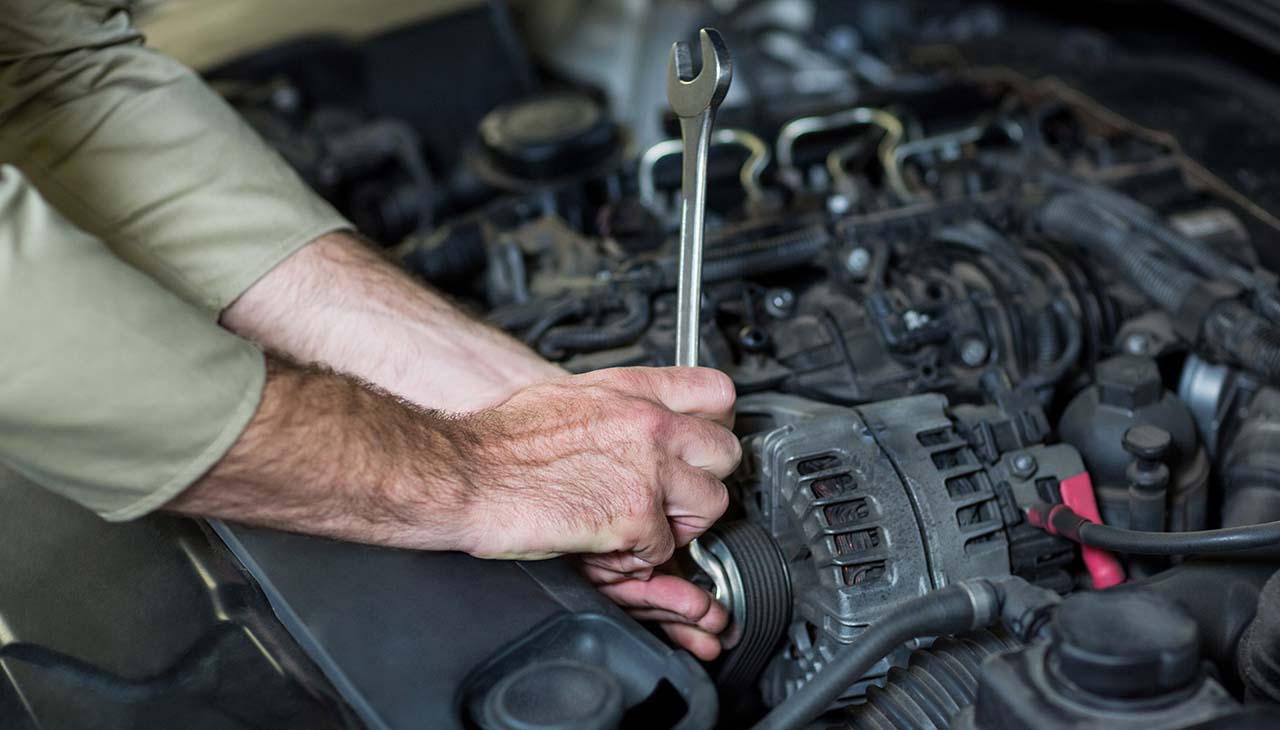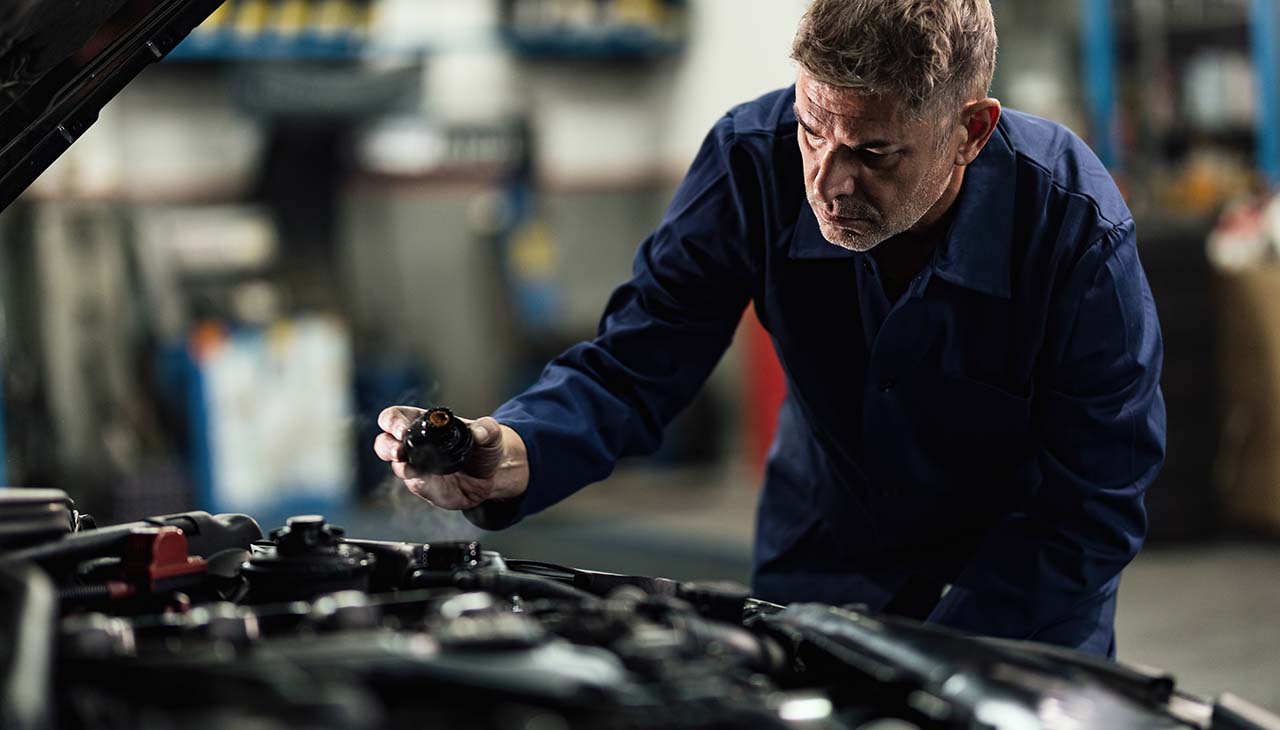Achieving optimal racing performance requires more than just a powerful engine and a skilled driver. The suspension setup of a vehicle plays a crucial role in how well it handles on the track, affecting not only speed but also safety and driver confidence. This guide will explore the key components of suspension setups, including their types, how they impact performance, and strategies for tuning them to suit different racing conditions. From understanding the basics of spring rates and damping to advanced adjustments like camber, toe, and anti-roll bars, we’ll provide the insights needed to tailor your vehicle’s suspension for peak performance on the race track.
Basics of Suspension Systems
When it comes to racing, the choice of suspension system is pivotal to a car’s performance on the track. Broadly, suspension systems can be classified into two main types: independent and dependent (or solid axle) suspension.
Independent Suspension systems allow each wheel to move independently of the others. This setup is crucial for maintaining maximum tire contact with the road, improving handling and ride quality. It’s often used in high-performance and racing vehicles because it effectively isolates the vehicle body from road irregularities, resulting in better traction and control during high-speed maneuvers.
Dependent Suspension, on the other hand, uses a solid axle to connect a pair of wheels. This system is simpler and more rugged, making it suitable for heavier vehicles or those requiring enhanced durability under harsh conditions. However, it generally offers less precise handling than independent systems, which can be a drawback in racing scenarios.
Key Components of a Suspension System
The functionality of a suspension system in racing boils down to several key components:
- Springs are fundamental for absorbing energy from road irregularities, contributing to vehicle stability and comfort.
- Shock Absorbers (or Dampers) control the energy stored in the springs, damping down oscillations to prevent excessive bouncing.
- Anti-roll Bars (Sway Bars) reduce body roll during cornering, improving grip and stability.
- Control Arms and Linkages connect the suspension to the vehicle chassis, allowing for motion control and wheel alignment adjustments.
Each of these components can be adjusted or tuned to change the vehicle’s handling characteristics, making understanding their functionality essential for any racing team aiming for the podium.
Factors Affecting Suspension Performance
Several external factors significantly influence suspension performance, each contributing to the vehicle’s handling and stability on the track. Track conditions are among the most critical, as variations in surface roughness, grip levels, and layout (such as the mix of straight lines, tight corners, and elevation changes) require specific suspension setups to optimize performance. Smooth tracks with high-speed corners might benefit from stiffer setups to reduce body roll and maintain stability, while rougher tracks might necessitate softer setups to absorb bumps and maintain tire contact with the road.
Weather conditions also play a pivotal role, affecting the track’s surface and, consequently, the vehicle’s traction. Rain, for instance, can reduce grip, requiring adjustments to suspension settings to enhance contact with the wet surface and prevent loss of control. Similarly, temperature changes can affect tire pressure and grip levels, necessitating further suspension tweaks to maintain optimal performance.
Furthermore, vehicle weight — including changes due to fuel usage over the race or variations from one vehicle to another — can significantly impact suspension behavior. Heavier vehicles may require stiffer springs to support the additional weight and prevent excessive body roll or sagging, affecting handling dynamics. Adjusting the suspension to account for these weight variations is essential for ensuring consistent performance throughout the race and across different vehicles.
Understanding and adapting to these external factors are crucial for achieving and maintaining peak suspension performance in racing scenarios. Tailoring the suspension setup according to the specific conditions of each race can provide a competitive edge, enhancing both speed and safety on the track.
Tuning Suspension for Racing
Fine-tuning suspension setups for specific racing conditions is paramount to harnessing the full potential of a vehicle on the track. Each racing environment presents unique challenges, requiring adjustments to the suspension system to optimize handling, grip, and stability. Adjusting dampers is crucial in managing how the suspension responds to road irregularities, allowing for a balance between stiffness for reduced body roll in corners and softness for better traction on rough surfaces. Similarly, springs can be tuned to alter the vehicle’s ride height and stiffness, affecting its center of gravity and overall balance. Lowering ride height can improve aerodynamic efficiency and reduce body roll, while adjusting spring stiffness can help manage weight transfer during acceleration, braking, and cornering. These adjustments, when meticulously calibrated for the specific demands of each track and weather condition, can significantly enhance a vehicle’s performance, making the difference between leading the pack and falling behind.
Advanced Suspension Tuning Techniques
Advanced suspension tuning techniques such as camber, caster, and toe adjustments play a crucial role in optimizing a vehicle’s handling characteristics for racing conditions. These adjustments influence how the tires make contact with the road, which directly impacts grip, stability, and overall performance.
- Camber is the angle of the tire in relation to the road when viewed from the front of the vehicle. Negative camber means the top of the tire leans towards the vehicle, enhancing grip in corners by optimizing the tire’s contact patch with the road. However, too much negative camber can reduce straight-line traction and cause uneven tire wear.
- Caster is the angle created by the steering pivot point from the front to back of the vehicle. Increased caster enhances straight-line stability and improves cornering effectiveness as it increases negative camber during steering. This can provide a self-straightening effect that’s beneficial for high-speed racing but requires more effort to steer.
- Toe settings determine the direction the tires point relative to each other when viewed from above. Toe-in (tires angled towards each other at the front) can improve straight-line stability, while toe-out (tires angled away from each other) can enhance cornering ability. However, incorrect toe adjustments can lead to rapid tire wear and reduced performance.
Understanding the aerodynamic effects on suspension performance is another sophisticated aspect of tuning. The interaction between aerodynamic downforce and suspension can significantly affect handling and stability. High downforce at speed compresses the suspension, lowering the vehicle and potentially altering the pre-set camber, caster, and toe settings. This necessitates a delicate balance between aerodynamic components (like splitters, spoilers, and diffusers) and suspension settings to maintain optimal tire contact with the road across varied speed ranges and dynamic conditions. Adjusting suspension components to accommodate aerodynamic effects can lead to significant improvements in lap times by enhancing the vehicle’s grip and stability, particularly in high-speed corners.
Mastering these advanced tuning techniques requires a thorough understanding of both vehicle dynamics and the specific demands of each race track. By meticulously adjusting camber, caster, toe, and understanding aerodynamic influences, racing teams can fine-tune their vehicles for peak performance, exploiting every advantage the track conditions and vehicle design allow.
Case Studies and Examples
Exploring real-world examples reveals the critical role and impact of precision suspension tuning across various racing disciplines. In Formula 1, the Mercedes-AMG Petronas Formula One Team’s innovative “DAS” (Dual Axis Steering) system introduced in 2020 allowed drivers to adjust the toe angle of the front wheels in real-time, optimizing tire contact under different racing conditions and improving tire longevity and performance. This adjustment was particularly beneficial on straights and during cornering, underlining the importance of adaptable suspension settings in achieving superior aerodynamic efficiency and grip.
In the realm of rally racing, Subaru’s success in the World Rally Championship (WRC) with their Impreza model showcases the importance of versatile suspension setups. Subaru’s use of sophisticated dampers and adjustable suspension components enabled their vehicles to maintain optimal traction and handling across the highly variable surfaces characteristic of rally stages, ranging from gravel and mud to tarmac and snow.
These examples underscore the integral role of customized suspension tuning in achieving competitive advantage and success in motorsport. Each discipline, with its unique demands, showcases how innovative and precise adjustments to suspension settings can lead to remarkable achievements on the track.

